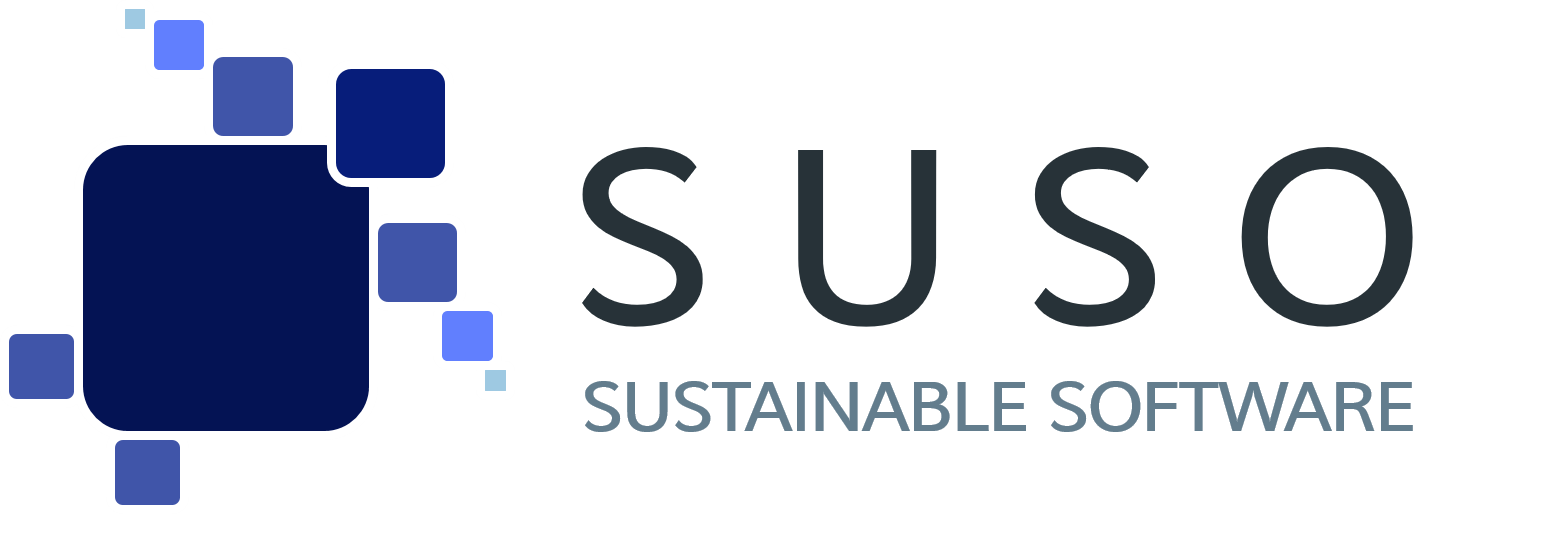Blog: Sustainable Software Development
An overview of the Corporate Sustainability Reporting Directive (CSRD) – What (IT and software) companies need to […]
Whether it's protecting privacy, promoting open source software, designing sustainable systems, or using the Internet as a tool to promote social change, they've all helped make software development look different today than it did just a few years ago.
In this article, we present 21 such best practices. They can be applied by software practitioners and software companies to promote sustainable software development. From code optimization to the use of sustainable technologies, we will present different approaches to improve sustainability in software development.
From reducing CO2 emissions through green coding to designing accessible websites and different pricing models for different user groups, there are numerous approaches to acting more sustainably. But what are the advantages of sustainable software development? Why should software companies commit to sustainability?
The term "sustainability" originates from forestry and was first coined by Hans Carl von Carlowitz in the 18th century. Carlowitz was a Saxon forestry official and aimed to design forest use in such a way that it would be possible in the long term. He recognized that uncontrolled logging of the forest would lead to the destruction of the forest ecosystem and thus affect the timber industry.






